A country of contrasts - where traditions and customs sit alongside cutting-edge technology.
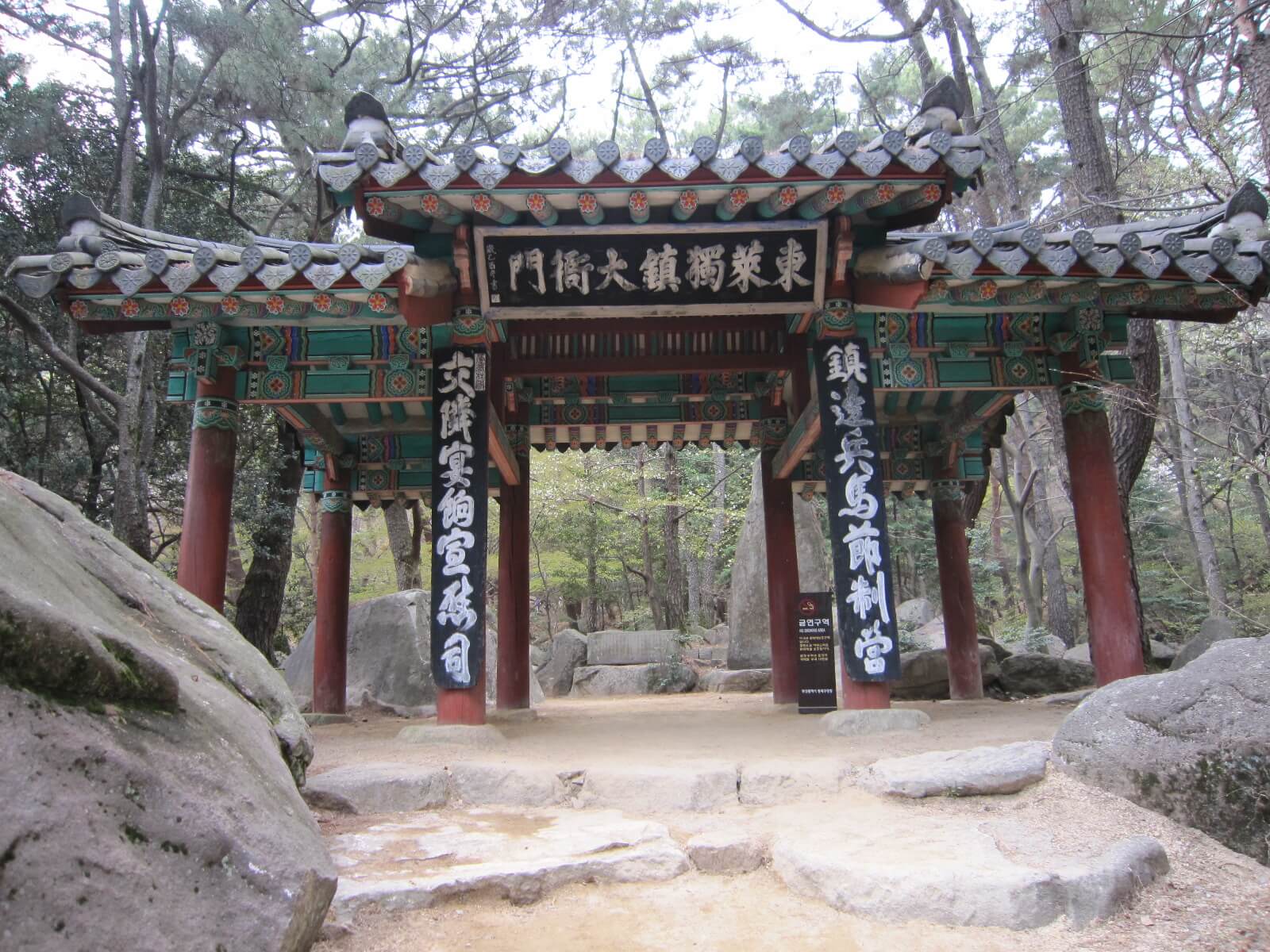
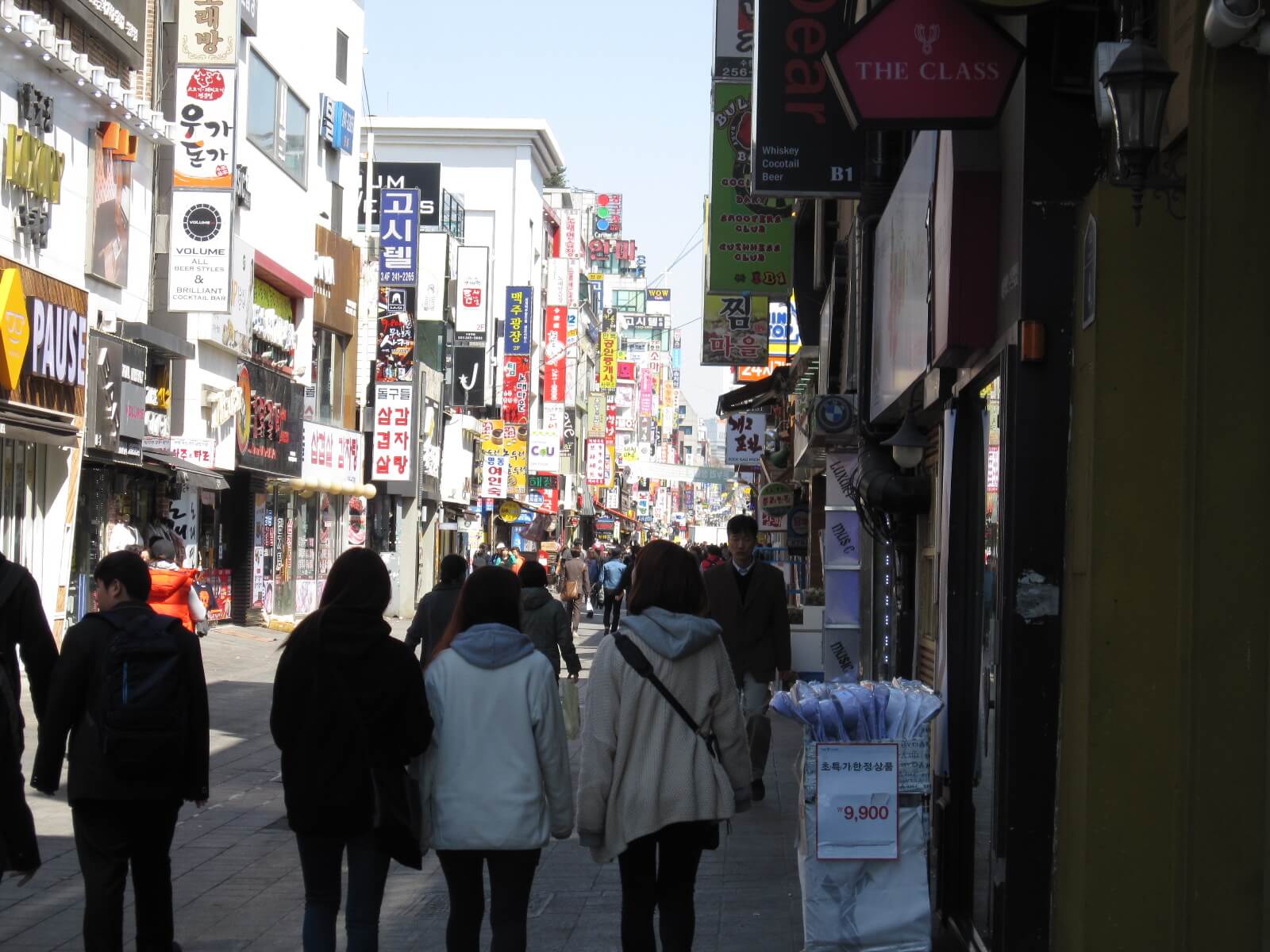
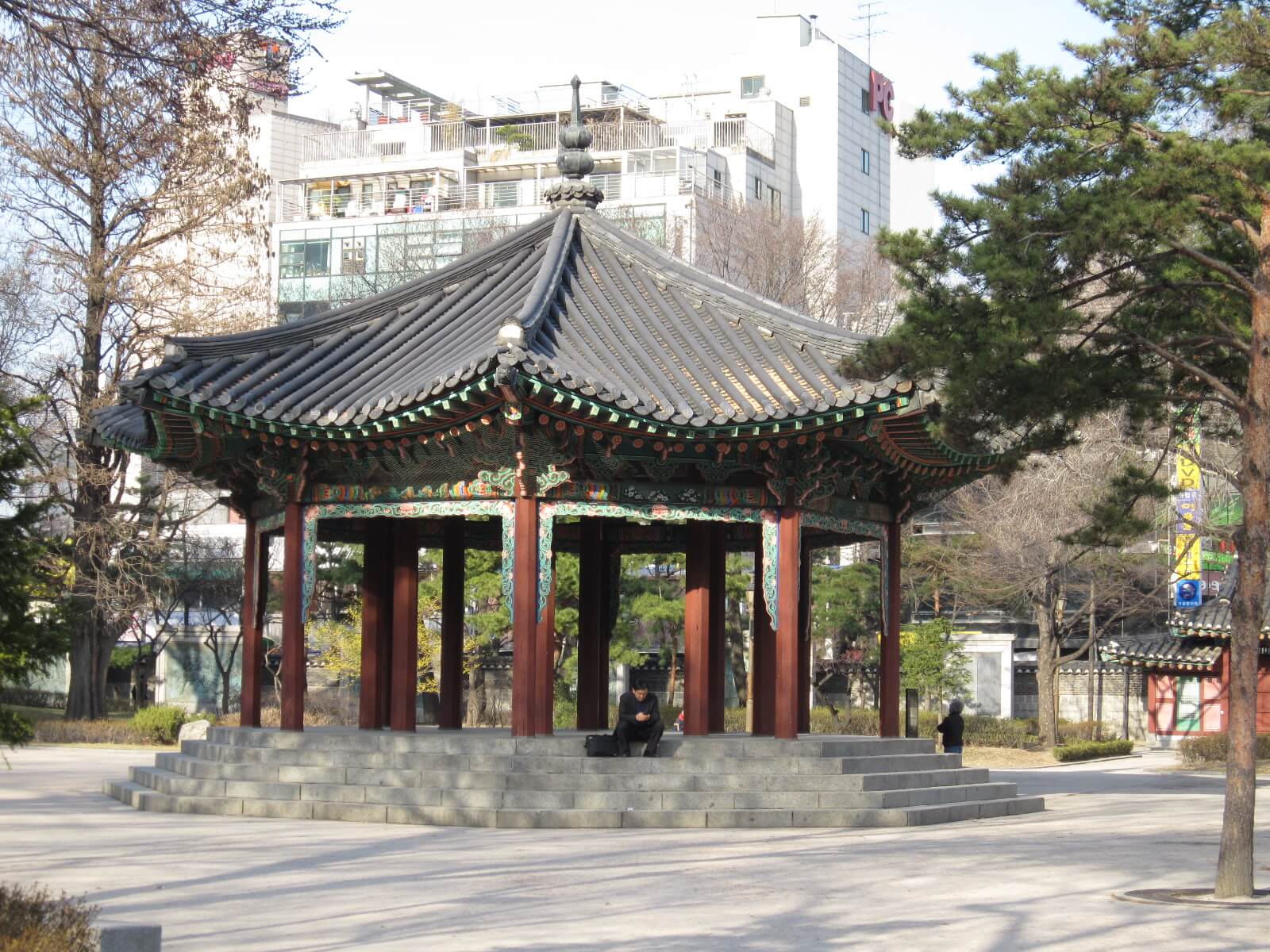
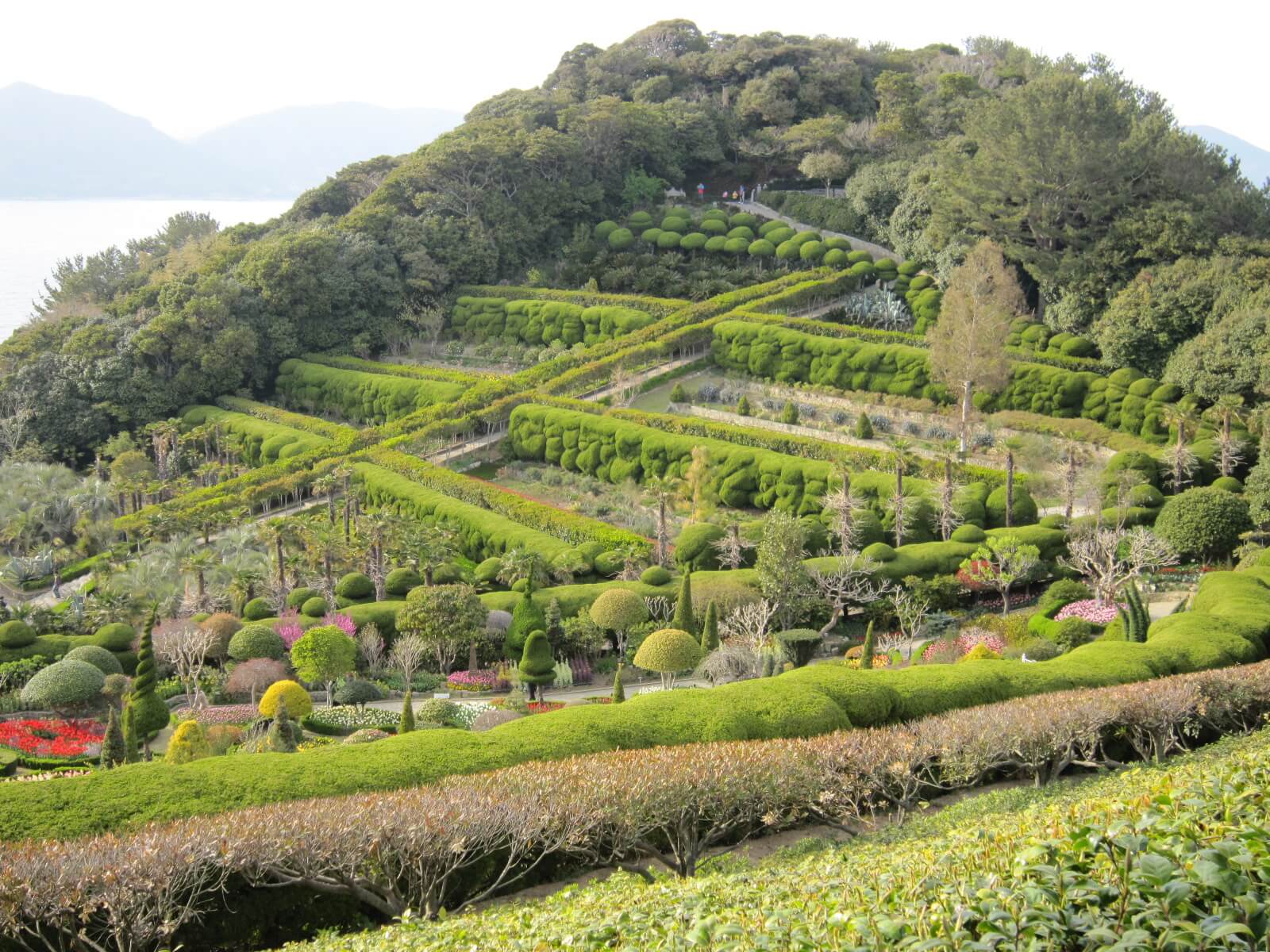
South Korea is still a largely unexplored section of East Asia. This should not be the case, it is a fascinating country with a lot to offer. Mountains, tea fields and archipelagos in contrast to vibrant modern cities. Highly distinct traditions and customs surviving alongside cutting-edge technology and fast-paced living in the cities.
South Korea’s borders
The country’s troubled history has greatly shaped what the South Korea peninsula is like as a country today. Its northern border is with mysterious North Korea, this area is demarcated by a 4km (2.5 miles) wide Demilitarized Zone (DMZ) which runs for about 240 km (150 miles) across the country. This region can be visited as a day-trip from Seoul, only as part of a pre-arranged escorted tour. Between 1910 and 1945 the Korean peninsula was under Japanese rule, this history and the strong cultural influences can be seen throughout the country and in the south of the country in cities like Busan.

Beyond the capital
More than half of all foreign visitors to South Korea each year do not get beyond its capital, Seoul. There are very good rail and bus networks across the country, anywhere in the country is reachable in a day. Travel out of the capital area is worth the extra effort to explore the rest of this great country. Outlined below are descriptions of the six main regions/provinces within South Korea.
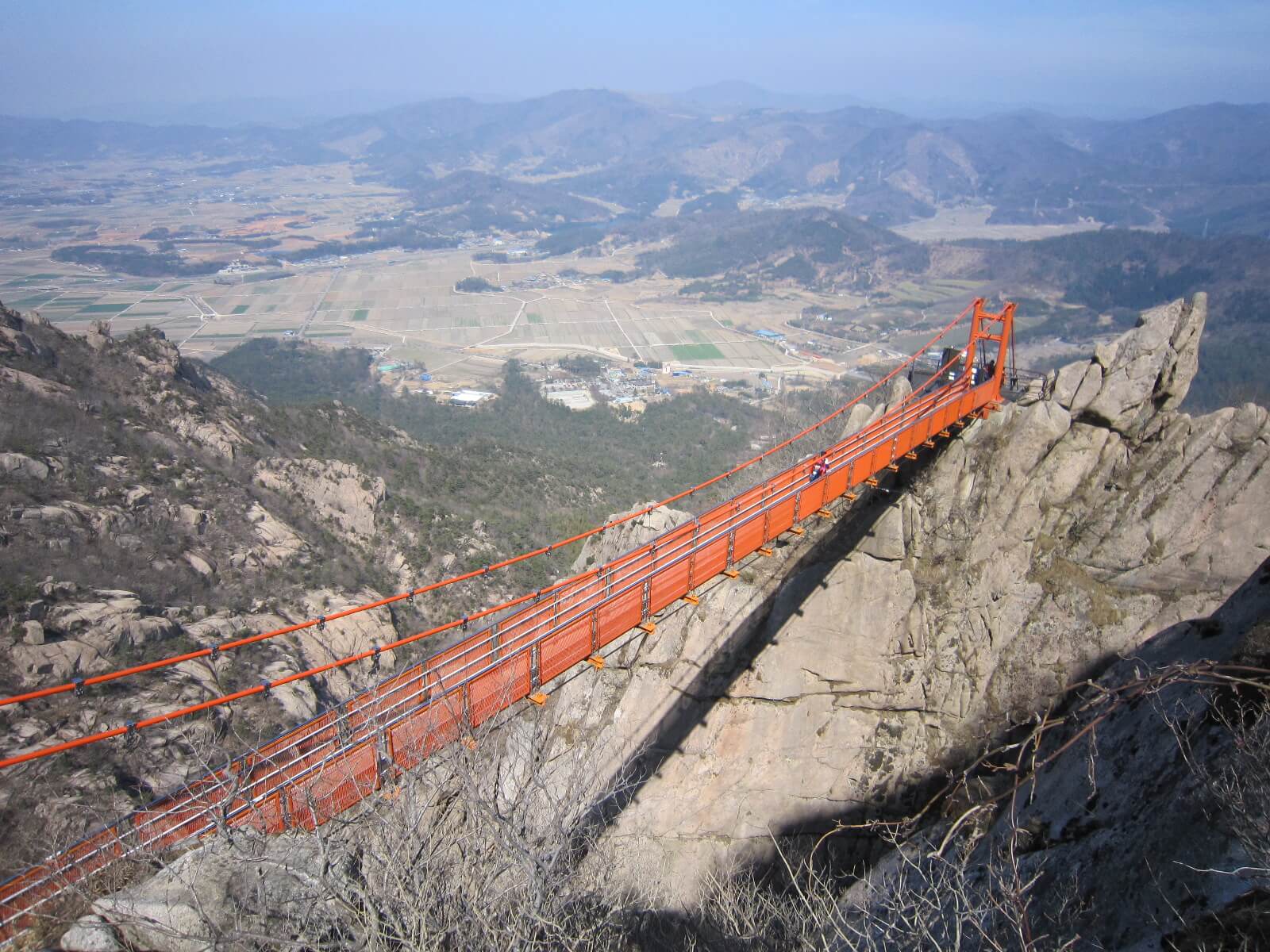
Hiking and National Parks
Hiking and walking for exercise is a national hobby in South Korea. There are seventeen national parks on the mainland, and many opportunities for coastal walks, including on its islands such as Jeju and Udo. Hiking in Korea is very easy, there are well sign-posted routes and foreign-language maps are available. You will be spoilt for choice with the many national parks, which have good facilities such as camping and visitor centres. There are also many hiking trails directly from the cities. In addition to the impressive views, on many walking routes you will often see some interesting sights along the way, including temples, fortress walls, and grottos.
Have a look at the Busan travel destination guide for many ideas of good city-based walks, including hiking directly up the hills which surround the city.
South Korea has six main regions:
North West (Seoul & Gyeonggi)
the busiest region in the country, with many natural and man-made wonders. The country’s capital city, Seoul, is in the Gyeonggi region. Around 25 million people (half the country’s population) live in the Seoul Capital Area. The region has a variety of attractions including, cultural heritage areas, nature and conservation sites, and access to the Demilitarized Zone (DMZ). Seoul is one of the largest and technologically advanced cities in the world.
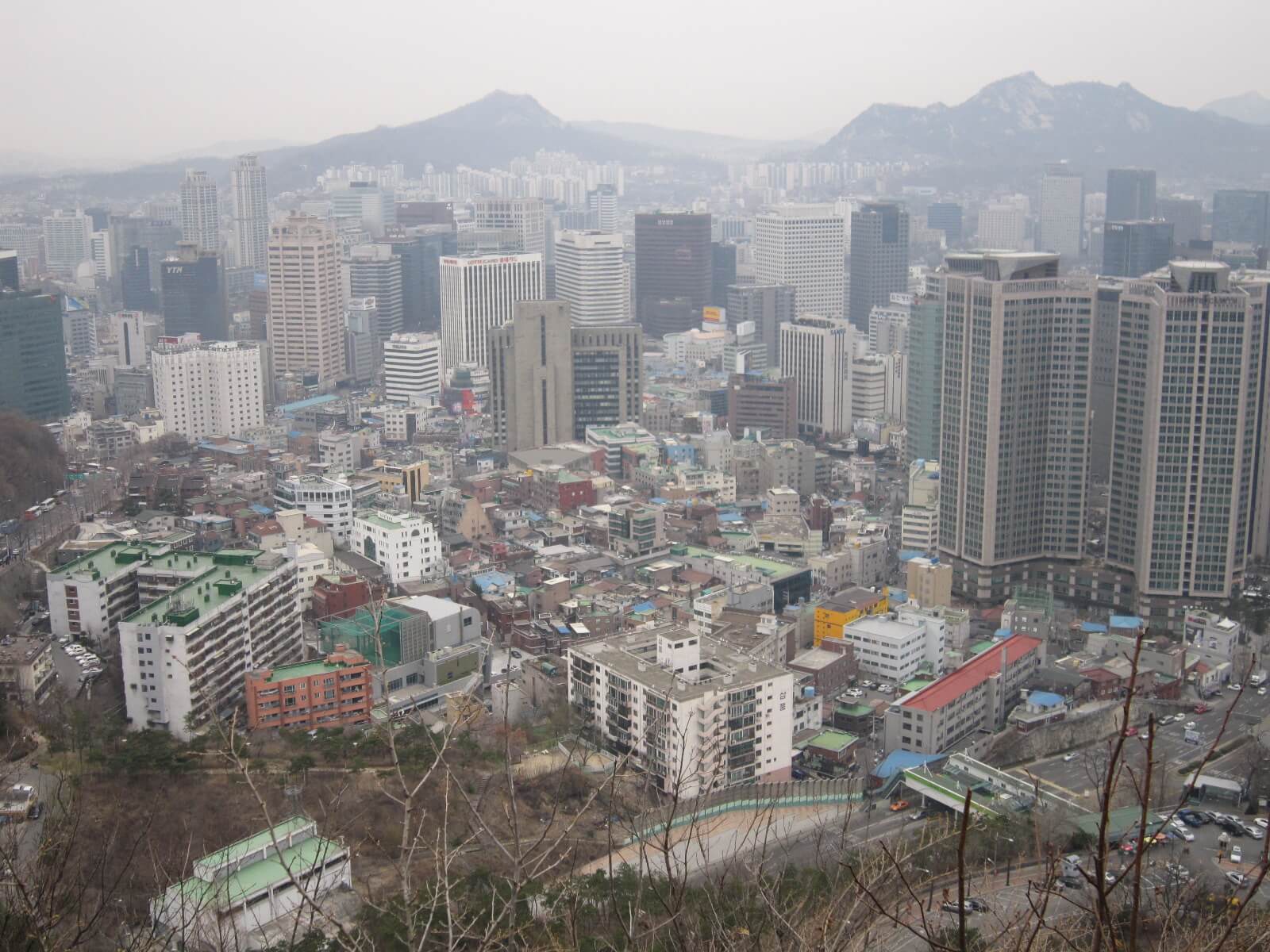
North East (Gangwon)
In contrast to its busy neighbouring region of Gyeonggi and Seoul, Gangwon is a chance for you to get back to nature and experience some tranquility. Lofty mountain ranges, beautiful beaches and national parks, make up this beautiful region. This area also has a lot of snowfall in the winter, ski resorts and winter sport activities are available.
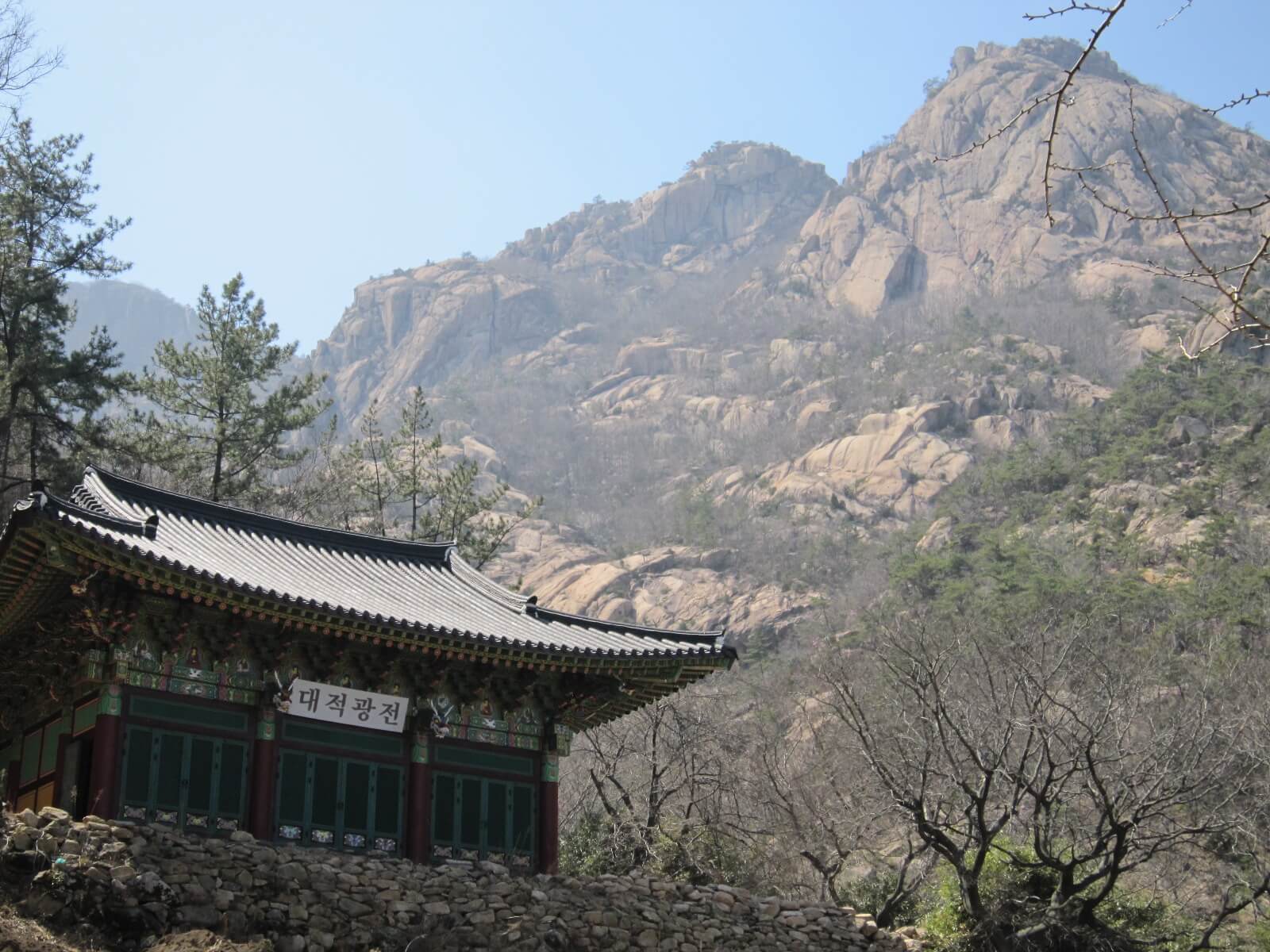
Central (Chungcheong)
This central area is the least visited region by foreign travellers. The centre of the country has rice paddies, national parks, smaller towns and cities and generally a slower pace of life. See the Beopjusa Temple with the world’s largest bronze Buddha or take a ferry crossing to explore the small fishing communities of the West Sea islands.
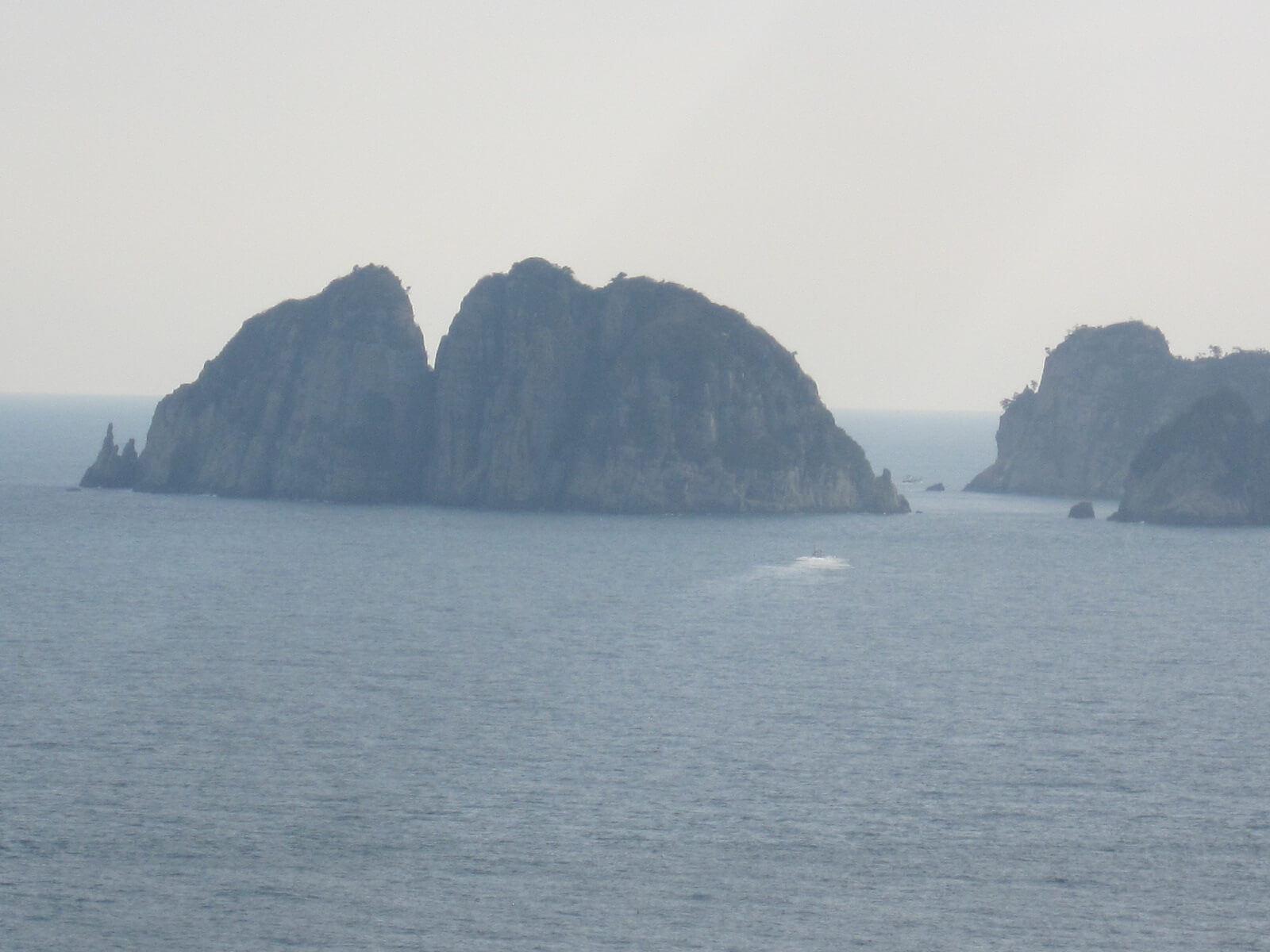
South East (Gyeongsang)
This large region is the second most visited region outside of Seoul. It has a great deal to offer, with impressive mountains, breath-taking coastal walking routes and Korea’s second city Busan. The region is also known for its Buddhist cultural heritage sites and UNESCO World Cultural Heritage Sites. If visiting in the spring time, don’t miss the cherry blossom, a day-trip from Busan is Jinhae Gunhangje Cherry Blossom Festival, the largest cherry blossom festival in Korea.
As well as home to the largest department store in the world and the world’s fifth-largest container port, Busan has its famous Jagalchi fish market. Busan is also an excellent base for a family holiday, with a variety of activities and museums suitable for children.
Have a look at our travel destination guide - with over 150 things to see and do in Busan.
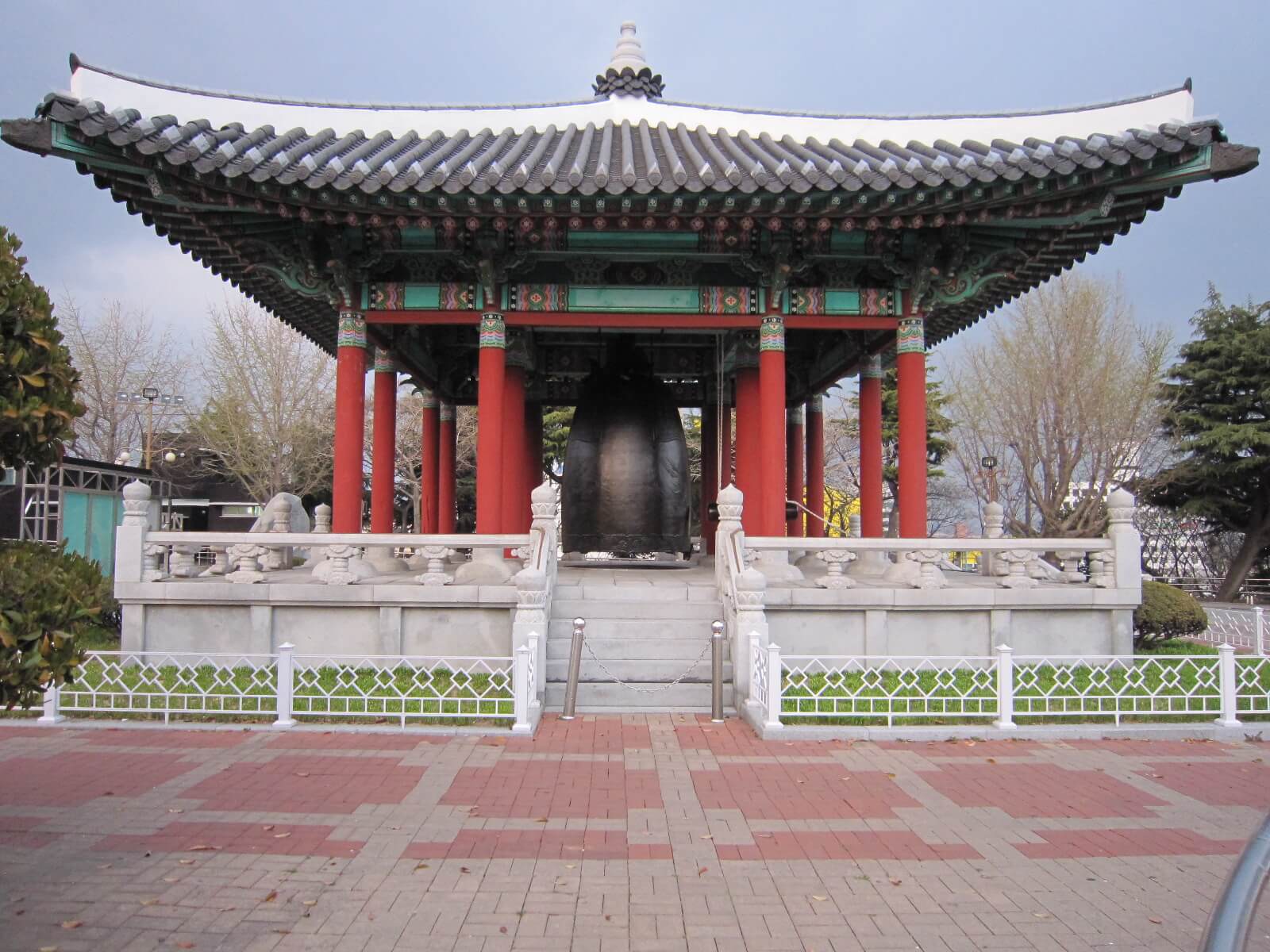

South West (Jeolla)
Visit the green tea fields which line the hill sides of this quiet, peaceful region. You will find traditional wooden houses and Korean customs in the quiet city of Jeonju. There are also some great hiking opportunities in some of the country’s quieter national parks.
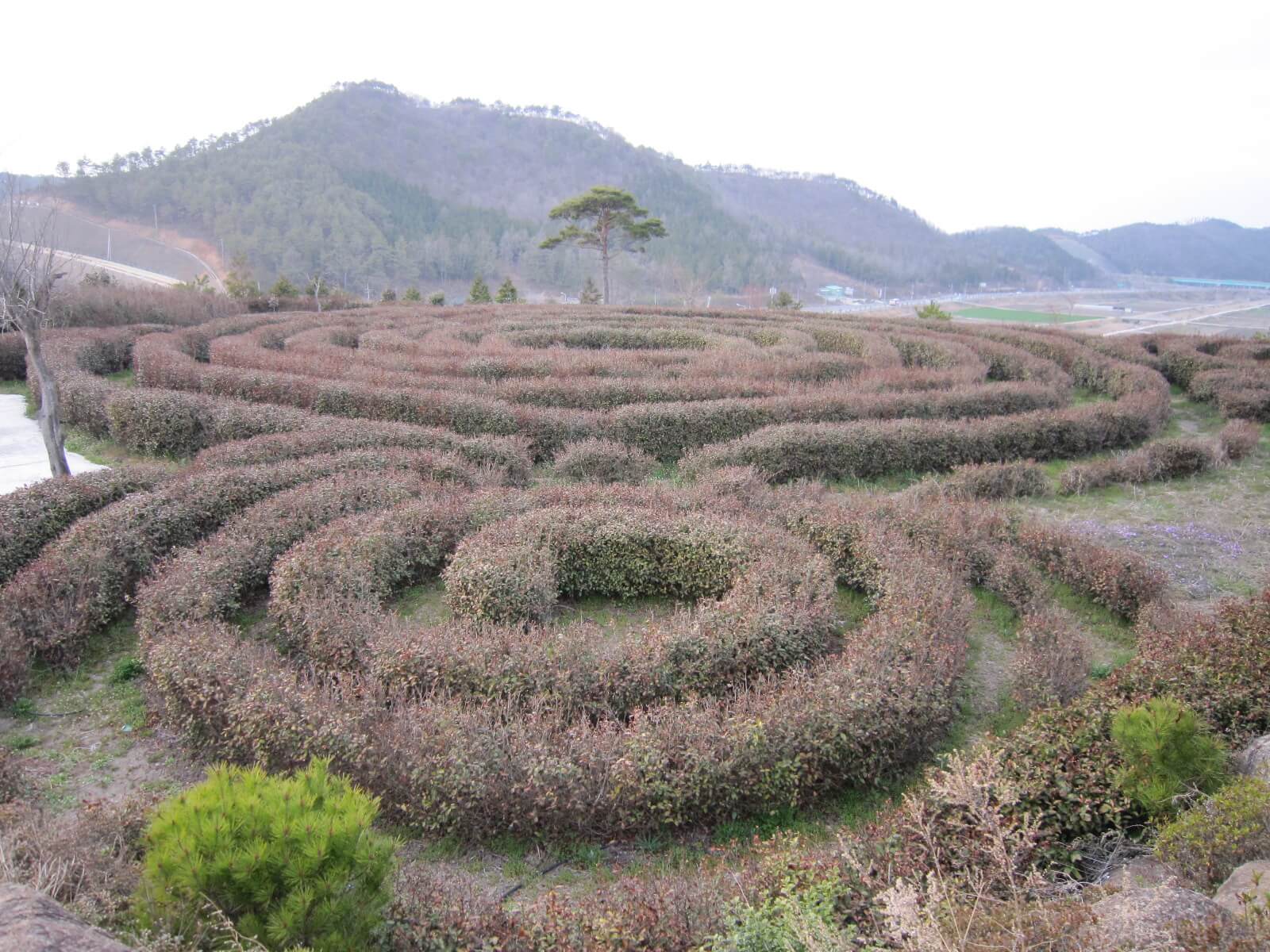
Jeju Island (Cheju Island)
A volcanic island 140 km (85 miles) east of the mainland in the East Sea. This island is the country’s number-one tourist destination. The island’s beaches and mountains (including Hallisan, Korea’s highest peak), waterfalls, cliffs and caves has Jeju being compared to the tropical island of Hawaii.
